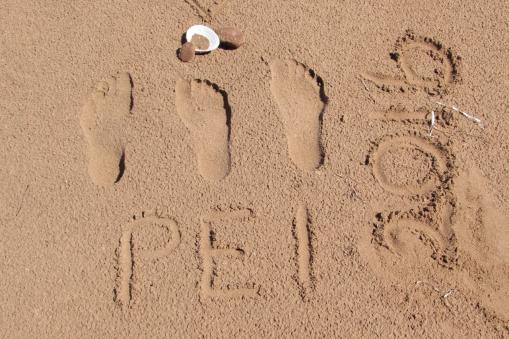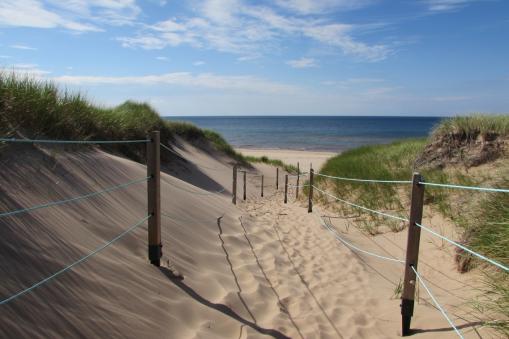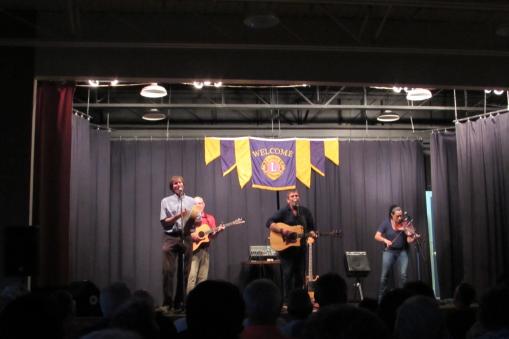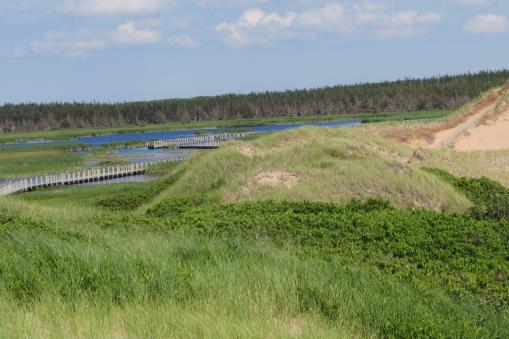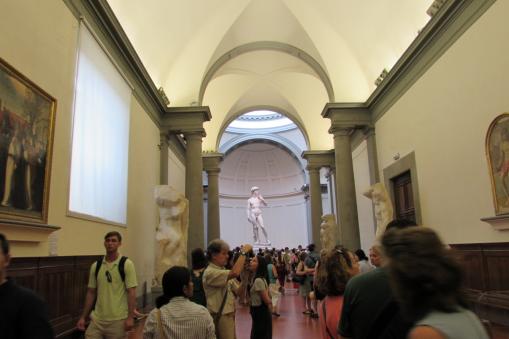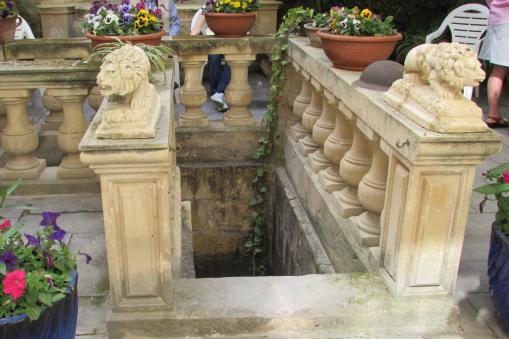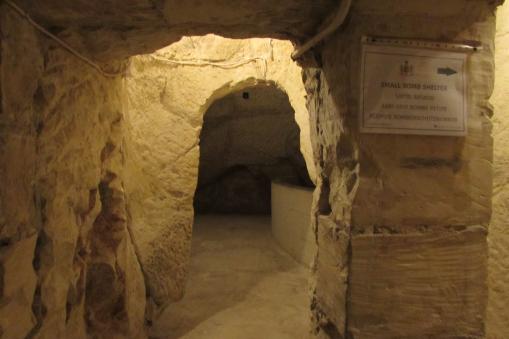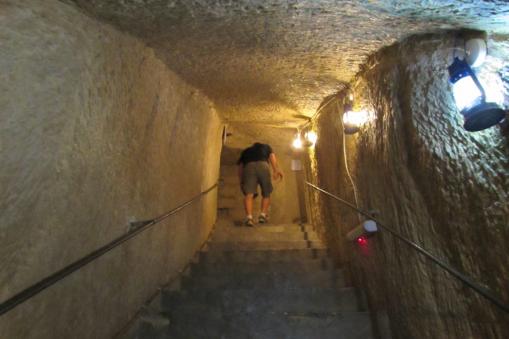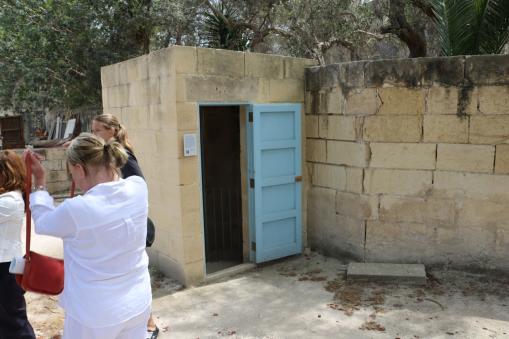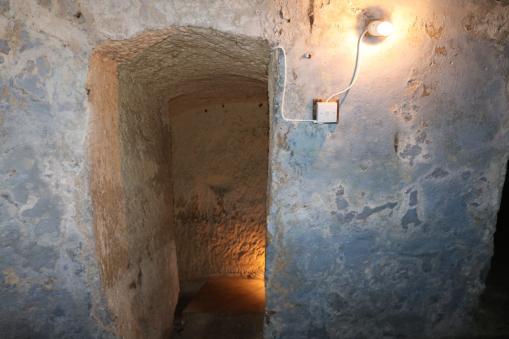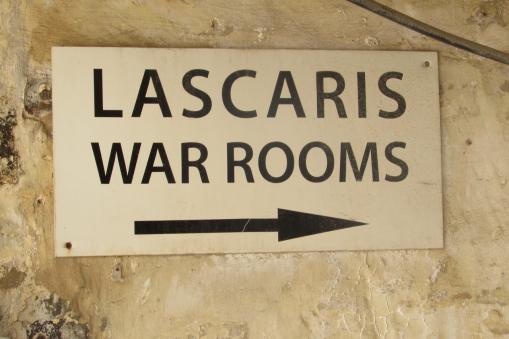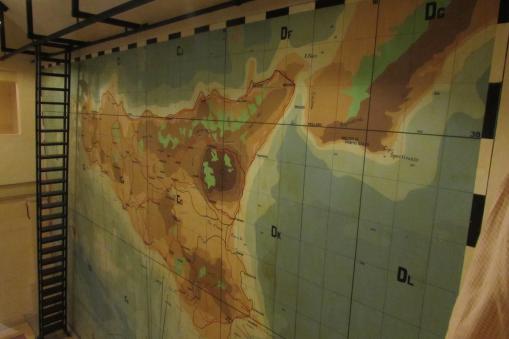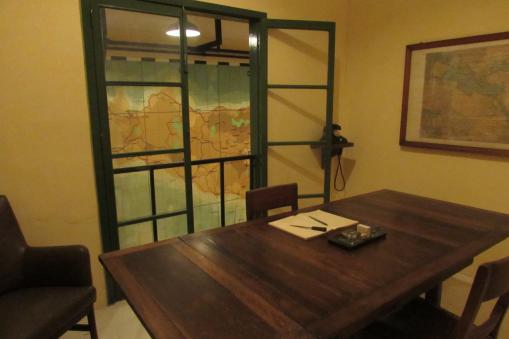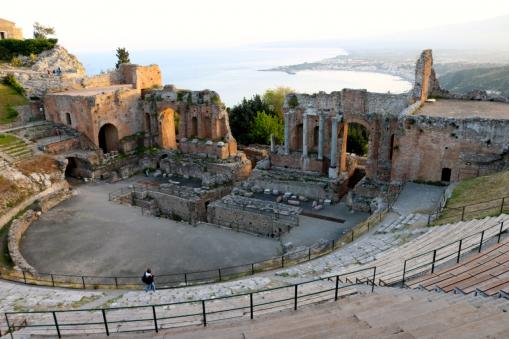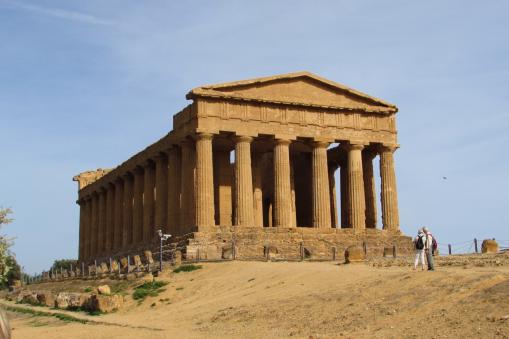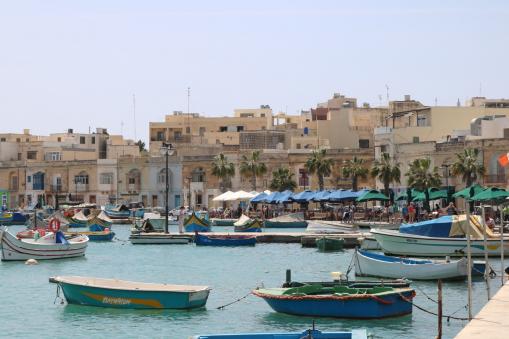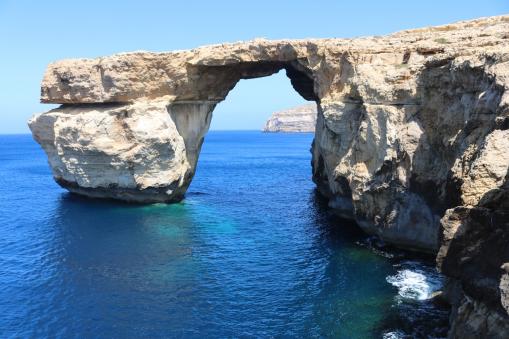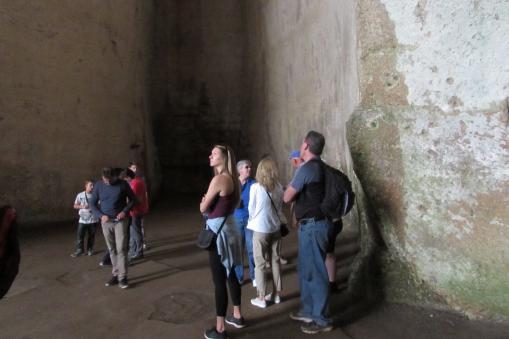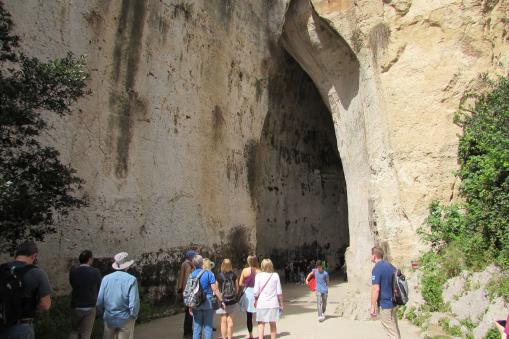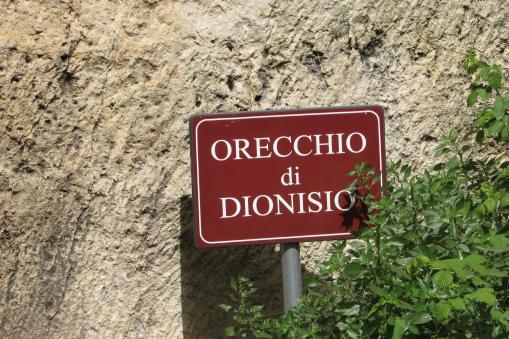Become a part of your journey
You are here
Further Afield's Journal
The Travel Nook
PRECIOUS ISLAND OF OURS
Chalkful of character.
It took less than a day for the marvelously relaxed nature of PEI to take hold. Rolling hills of lush countryside speckled with meticulously kept homes lent itself well to the laid back lifestyle enjoyed by all.
With fresh air seemingly fresher, and quiet seemingly quieter, I am motivated to journal my stay here. The wonderfully simple atmosphere removes complexities making way for thought and creativity. Artists must find this place an absolute inspiration for their work.
Sitting on the beach, amid the Greenwich dunes, I mentally take a piece of charcoal and begin to imagine how striking the canvas would become were I to sketch the scene. The warm sea is of good temperament today. Lazy respectful waves, clear water and a sandy bottom invite visitors to enjoy a refreshing dip. Grains of sand, easily picked up by a gust of wind, cause me to focus on the fragile dunes. Facing inland the sand keeps its silky white colour as it rises into high dunes. Patches of grass rooted in the dunes do their best to keep the transient sand in place. Forever changing dunes reflect well the acceptance and tough, yet easy going, nature of the Islanders. It saddens me to think that the ravages of wind and constant erosion from the water are, inch by inch, stealing this island from us.
After a wonderful couple of hours of sun, water and reflection, it is time to head back. Crossing over the dunes and walking across the expansive boardwalk I am thankful for the chance to visit such a treasure of a spot.
Memories of the dunes solidified, lobster supper in New Glasgow has me day dreaming of how marvelous it will be. A pound and a half lobster with all the mussels I can eat, takes me to a new level of loving this island. Great laughs with my travel mates and that gosh darn lobster bib strip away any lingering city life tension.
With my brain in, an island imposed, fabulous melancholy, I step into the local Lion’s Club to attend a ceilidh (kitchen party). A trip to PEI would not be complete without enjoying the sounds of fiddling. Fiddlers Son was slated to play. Locals and tourists gathered in the Lion's Club main room. Taking our seats I was struck by how spectacular this hometown gathering is. Cars spilling over the parking lot into the adjacent field while strawberries and ice cream were to be served at intermission. The music was fantastic and the support for the local talent even more so. We clapped and tapped our feet to the rhythm. The camaraderie of the evening and great music, of course, left us feeling truly a part of PEI culture. What an evening! What a day!
Located in the Gulf of St. Lawrence this smallest Canadian province is worth its weight in serenity.
STATUE OF DAVID
David never ceases to amaze me!
After a brief stay in line we entered the Galleria dell’ Accademia. The natural direction to start our tour was to go straight. I knew David was left. My wait had been 12 years to see David again. Going straight was not an option. I would circle back. Rounding the corner, at the end of the long open hallway, there he was. In all his glory David emotionally and physically dominated the space. Wanting to savour the moments of my visit, I did not rush up to the statue. I took my time as I took in his presence. At just 26 years old Michelangelo skillfully created a statue which quite naturally exudes promise, power and protection. This 17 foot tall, 12,478 pound marble statue somehow presents a softness of acceptance. A grand combination of humility and confidence, strength and youthful beauty.
David never ceases to amaze me. His effect on me is an oddity I may never fully understand. I spent a good amount of time staying within the aura of him. I toured the rest of the museum with half hearted interest. It was David I wanted to see again. Seeing a replica does not elicit much from me except to remind me of time I have spent in the Galleria dell' Accademia admiring the original.
As I left the museum a sadness struck me. The feeling took me by surprise. I believe it came from a place of not knowing if I would ever return.
UNDERGROUND IN VALLETTA
Survival meant borrowing underground.
By June 1941, on the island of Malta, nearly 500 public rock shelters had been finished and another 400 were in progress. At the end of November 1941, the Governor of Malta announced there was space available in a shelter for the whole population of Malta. It is said that there are more streets under Valletta (capital city), than on the surface. Living like ants underground, zig-zagging tunnels allowed residence to traverse the city of Valletta.
Due to the island’s strategic location, Valletta was the most bombed city in WWII. The citizens had no choice but to burrow underground. As I descended the narrow opening of the private bomb shelter, at Casa Rocca Piccola, the Disney like vision I had of a bomb shelter faded. The confines of the dwelling struck first and then the damp, well used air next. Imagining family upon family in this and less spacious shelters gave me a very real image of people having survival thrust to the forefront every day for over a year. Malta was being starved of supplies and the Maltese people along with it.
Visiting the private shelter at Villa Bologna echoed the same sentiments.
Underground too are the Lascaris War Rooms. In 1942, the war was being run from these underground war rooms. Fleets and air squadrons taking orders from the army elite housed 100 feet beneath the surface. Learning of the mechanisms incorporated and the eventual victory was fascinating. With a large map painted on a low platform, fleets of ships and bombers were moved around like playing pieces on a large game board. Motorcycles running from one end of the island to another delivering orders.
With the war being over the passageways beneath the city were closed off, but I would highly recommend visiting one of the bomb shelters and the Lascaris war rooms. Definitely a must do.
IMAGES COME TO LIFE!!
Close your eyes. Now open them.
Images of far off lands stimulate our appetite to venture beyond our structured lives. Willing us to be a part of it all, images allow us to daydream of wonderful experiences that exist throughout the world.
A photo coming to life in our imagination gives us a sense of experience. What is stunning is when that imagined experience becomes a reality.
In the promotion of our Sicily & Malta tour I lived vicariously through many lovely images. In destination, photos came to life in an extraordinary way. I no longer had to drum up what it might feel like to be there, I was there.
The first of these experiences occurred when, on the day of our arrival in Sicily, our group viewed the Ancient Greek Theatre in Taormina. All my senses took in the scene. It was sunset so the lighting was perfect for viewing this ancient ruin. Through an arched opening at the front of the theatre I could see the Ionian Sea. Following the sea to the shoreline brought in sight the Gulf of Naxos where ancient Greeks landed and decided to call this part of the island home. It was the third century BC. I felt as though, by merely being here, I became a part of that history.
Our tour continued to emotionally enlarge images for me: the Temple of Concordia, the fishing village of Marsalokk, the Azure Window to name just a few.
Images became my own. When showing my personal photos to friends and family the showing came part and parcel with a knowing smile.
DIONYSIUS EAR
Among ancient ruins.
We are in Syracuse, Sicily. A piece of paper is slightly torn and the tearing is clearly heard 213 feet away. A resonance of sound so extraordinary it has garnered the world’s attention. The marvel is referred to as Dionysius Ear, Orecchio di Dionisio.
The 75 foot high limestone opening invites us to enter the 213 foot depth of the ‘S’ shaped cave. Whispers are carried on air as we make our way toward the back of the enclosure. The cave's 25 foot width allows us plenty of room to explore. Our necks crane upward to take in the cave’s entirety. Mentally climbing over the immense ‘wow’, questions of why and when formulate.
Dionysius I (432-367 BC), a cruel, suspicious and vindictive tyrant, had the acoustically adept cave built to house political prisoners. From a focal point, at the top of the cave, Dionysius was able to listen to the plans and secrets of his captives. More morosely, it has been suggested that Dionysius had the acoustically flawless cave built to amplify the screams of prisoners being tortured.
With a more plausible ‘natural origin’ explanation at hand, I dismiss it, preferring to remain in the mysterious world of Greek mythology.
The vast Archaeological Park of Neapolis contains Syracuse’s greatest concentration of ancient ruins. For me, Dionysius Ear, in the ancient quarry (Latomia del Paradiso), most effectively turned me on my 'ear'.
